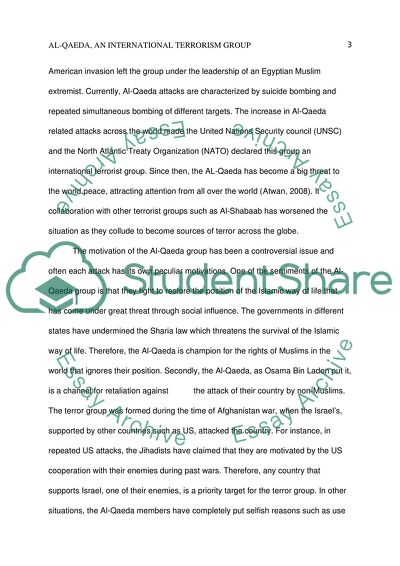Cite this document
(The Threats from International Terrorist Groups Term Paper - 1, n.d.)
The Threats from International Terrorist Groups Term Paper - 1. Retrieved from https://studentshare.org/military/1863278-international-terrorism
The Threats from International Terrorist Groups Term Paper - 1. Retrieved from https://studentshare.org/military/1863278-international-terrorism
(The Threats from International Terrorist Groups Term Paper - 1)
The Threats from International Terrorist Groups Term Paper - 1. https://studentshare.org/military/1863278-international-terrorism.
The Threats from International Terrorist Groups Term Paper - 1. https://studentshare.org/military/1863278-international-terrorism.
“The Threats from International Terrorist Groups Term Paper - 1”, n.d. https://studentshare.org/military/1863278-international-terrorism.


